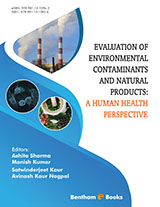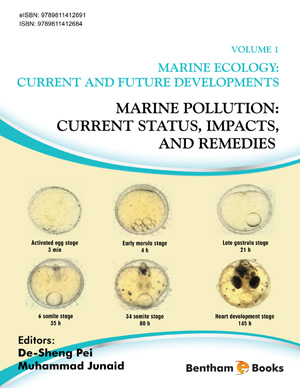Abstract
Predation, herbivory, competition and mutualism are interactions which determine structure of biological communities in an ecosystem. A program in ecosystem studies consists of investigation of certain processes that link the living (or biotic) with the non–living (or abiotic). Energy transformation and biogeochemical cycle are two main ecosystem processes. The principle that spatial patterns affect ecological processes is the foundation of Landscape Ecology. Developmental activities cause habitat fragmentation. Two main effects of habitat fragmentation are: 1) the formation of isolated patches and 2) the increase in significance of ‘edge effects’. A theory which links extinction debt with habitat destruction in meta–population models is presented. Species Ability to Forestall Extinction (SAFE), has been developed to help those actively involved in conservation efforts. It is built on the concept of minimum population size required by a species to survive in the wild, known as minimum viable population (MVP) size in the literature, and measures how close species are to their minimum viable population sizes. SAFE measures distance between current abundance of a population from its minimum viable population size. It should be noted that SAFE is a probabilistic measure.
Keywords: Energy transformation, Bio-geochemical cycle, Patterns, Scale, Landscape ecology, Habitat fragmentation, Species extinction, Habitat destruction, Meta–population models, Extinction debt, Spatially realistic model, Time–delay, Meta–population equilibrium, Extinction rate, Conservation, Endangered species, Species–area relationship, Species ability to forestall extinction (SAFE), Minimum viable population (MVP).









